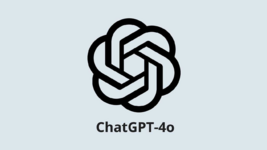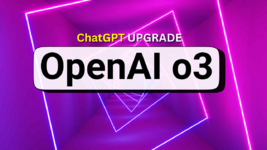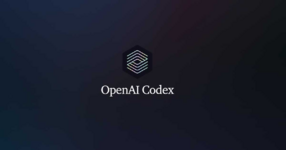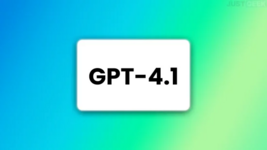- Joined
- 31.10.19
- Messages
- 908
- Reaction score
- 1,908
- Points
- 93
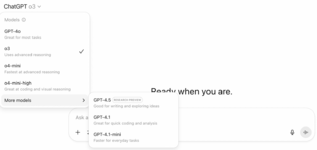
I use models from different companies - among which, there is ChatGPT with a Plus subscription. It's one of the best AIs on the market, but it has one problem: there are so many available models that even experienced users can get confused. Below I"ll explain which model to use and in what cases.
ChatGPT-4o
A classic chatbot when you need answers to not very complex questions. Outside the USA, 4o is the only model that gathers knowledge about you based on past chats, which means it provides more personalized responses. For example, you can try a simple prompt: “Based on what you know about me, suggest a few new conversation topics”. Currently, ChatGPT-4o in the Plus subscription can be used almost without limits.
ChatGPT o3
At the moment, this is the most powerful model that can be used for complex tasks: understanding analytics, fact-checking text, taking an idea and evaluating its strengths and weaknesses, as well as pointing out gaps. ChatGPT o3 also performs web searches across several dozen sites and provides structured responses. I recommend treating ChatGPT o3 not as a chatbot but as a report generator. Firstly, the model is reasoning, which means it can take a couple of minutes to write a response. Secondly, o3 loves lists and tables. Finally, on the Plus subscription, this model is limited to 200 requests per week. This is sufficient, provided you give the model a clear prompt, laying out as much information as possible and explaining what you want to see in the response. If you are unsure about the request, ask the model not to respond immediately but to ask you additional questions that will help it formulate the final answer. This will take an extra request, but the likelihood of the model making a mistake is much lower.
Codex-1
This is a coding agent based on the same ChatGPT o3, but additionally trained on programming. Codex-1 can connect to your repository, perform several tasks in parallel, run tests and so on. Most importantly, unlike the regular o3, the use of Codex-1 is currently unrestricted. So if you want to try ChatGPT for programming, this is where you should start. Keep in mind that Codex is selected from the left menu, not from the model selection menu.
ChatGPT o4-mini-high
o4 is a completely new generation of OpenAI models, whose training began after ChatGPT o3. However, the mini suffix indicates a lightweight version, significantly reduced in knowledge. However, it works faster and allows up to 100 requests per day (and 300 requests to the slightly simplified o3-mini). Personally, I learned to intuitively choose between o3 and o4-mini-high, but if you are just starting to work with ChatGPT Plus, my advice is to try making 20-30 requests using o3 while simultaneously “feeding” them into o4-mini-high and comparing the results.
DeepResearch
A special mode of the ChatGPT o3 model for deep internet searches. The model reads your task, asks additional questions and returns with a very detailed report in 15-30 minutes. DeepResearch is limited to 25 requests per month and after 10 requests, the function switches to the o4-mini-high model, which negatively affects the quality of responses. However, after launching the “regular” o3, I practically stopped using DeepResearch - it's much more efficient to throw the same request into o3 and then, if necessary, conduct a few additional requests.
ChatGPT-4.1
A fast model for coding, whose main advantage is a huge context window: 1 million tokens. Unfortunately, on the Plus subscription the context window is much smaller - only 32k tokens, which makes this model less interesting. You can also choose the GPT-4.1-mini model, which is simpler and faster.
ChatGPT-4.5
I consider this model one of OpenAI's major failures. It was developed under the code name Project Orion and was seen as a chatbot to replace ChatGPT-4o. At the time of its release, ChatGPT-4.5 indeed provided higher quality responses than 4o - especially in creative tasks like writing texts. But this came at a huge cost: the model turned out to be large, expensive and slow. Due to its price, ChatGPT-4.5 was limited in the Plus subscription to 50 requests per week at launch and now this limit has been reduced to 10 requests. Additionally, OpenAI has recently made several updates to ChatGPT-4o, after which its response quality, in my opinion, has become even better than that of 4.5. The verdict on ChatGPT-4.5 is simple: play around with its capabilities and then set it aside. I am almost certain that the model will simply be discontinued after the release of ChatGPT-5.
Maybe soon we will have to say goodbye to the need to choose a model for responses in ChatGPT: rumors suggest that the release of ChatGPT-5, which will automatically determine how to process user requests, is scheduled for July. In the meantime, I hope my advice will be helpful to someone.




